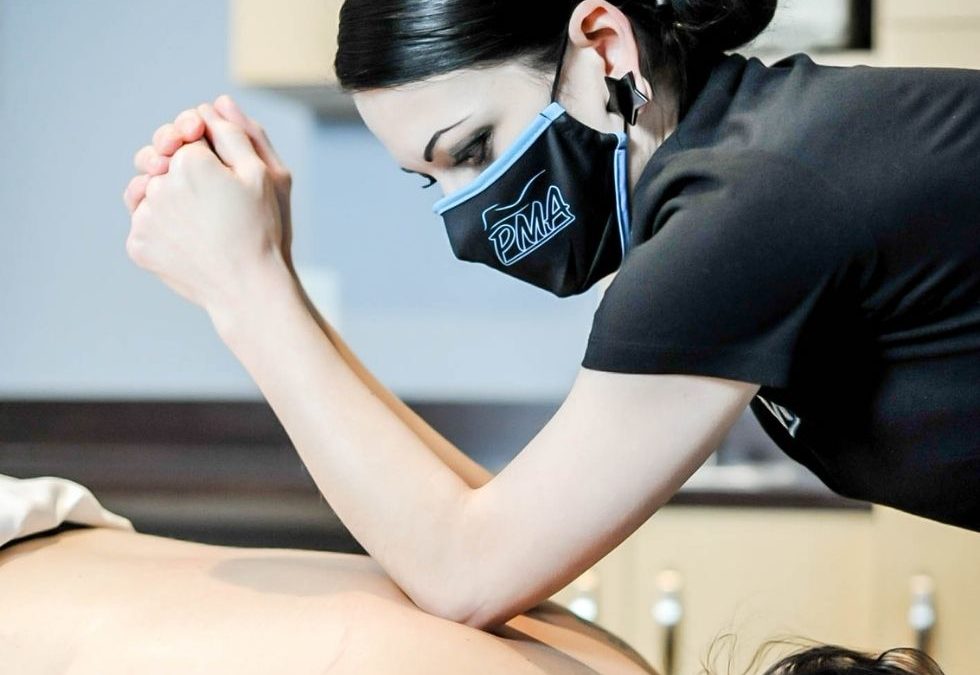Trigger points are areas in the muscles also referred to as “knots.” The definition of a trigger point, as described in Myofascial Pain and Dysfunction, The Trigger Point Manual By Janet G. Travell, MD and David G. Simons, MD is, “a focus of hyperirritability in a tissue that, when compressed, is locally tender and, if sufficiently hypersensitive, gives rise to referred pain and tenderness.” This means that when this trigger point is palpated or “pressed on” it is usually quite tender to the touch. This can often refer pain to other areas of the body as well.
Trigger Point Location
Trigger points can feel like tight areas of tissue and are usually located in the muscle belly or mid region of the muscle. Massage therapists can often find these trigger points by using their palpation skills. They then know where to focus their work in order to release these. Often, a trigger point can cause tightness and pain even while the person is at rest, and can be quite the nuisance.
Trigger Point Techniques
There are many techniques that massage therapists can employ to release or relieve a trigger point. One of those is using sustained pressure on the trigger point. By meeting the trigger point with similar pressure and holding it there for 60-90 seconds this can actually release it. Another technique is to perform deep pressure, such as a sports massage to the area. Lastly, sometimes trigger points respond to to light pressure such as effleurage.
Working with trigger points is a great practice to incorporate while practicing massage therapy. Here at the Professional Massage Academy, we teach how to properly locate trigger points and show how different pressures provide a different release for your client. Some clients might be more sensitive to trigger points than others so it’s important to start slow and build up pressure as desired.
 For more information on our massage therapy program, click here!
For more information on our massage therapy program, click here!
For more massage therapy content, check out our Facebook page!


Recent Comments